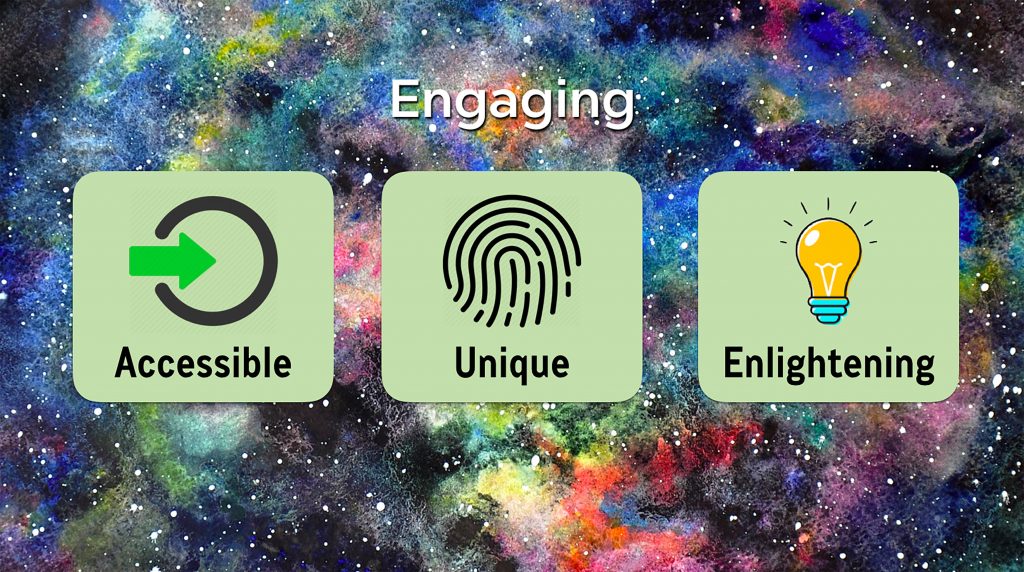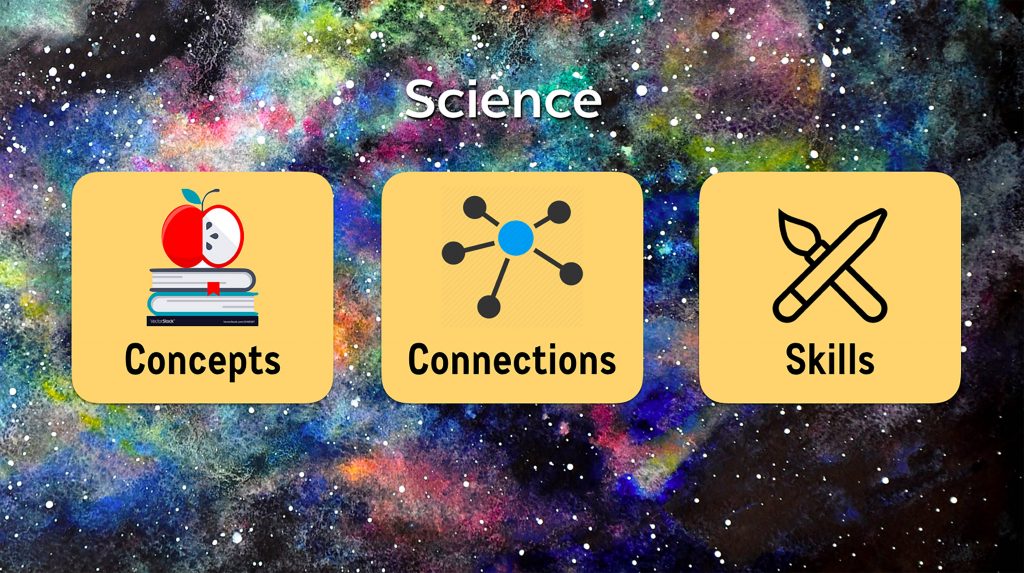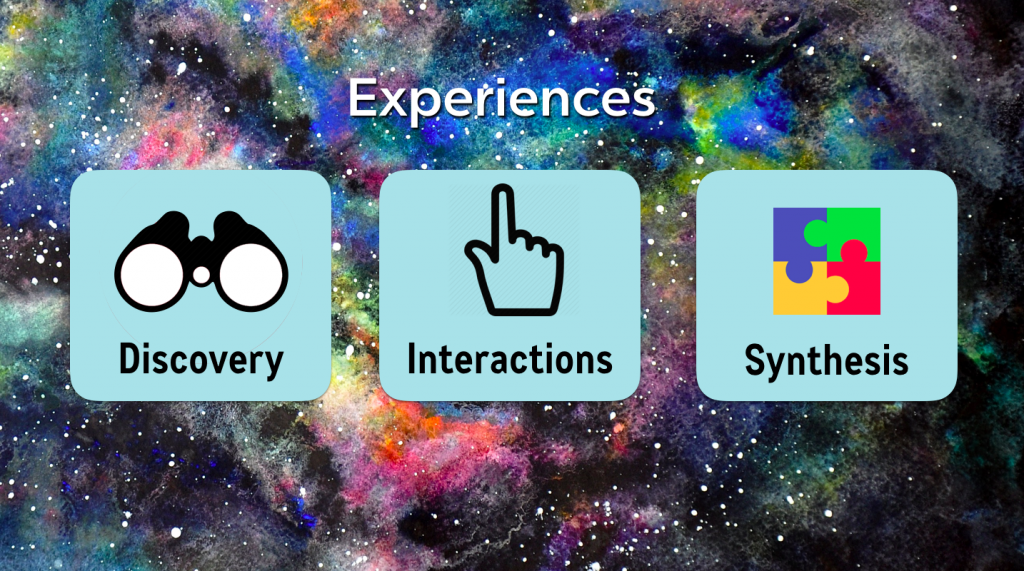
Science Stories Communicating About the Natural World

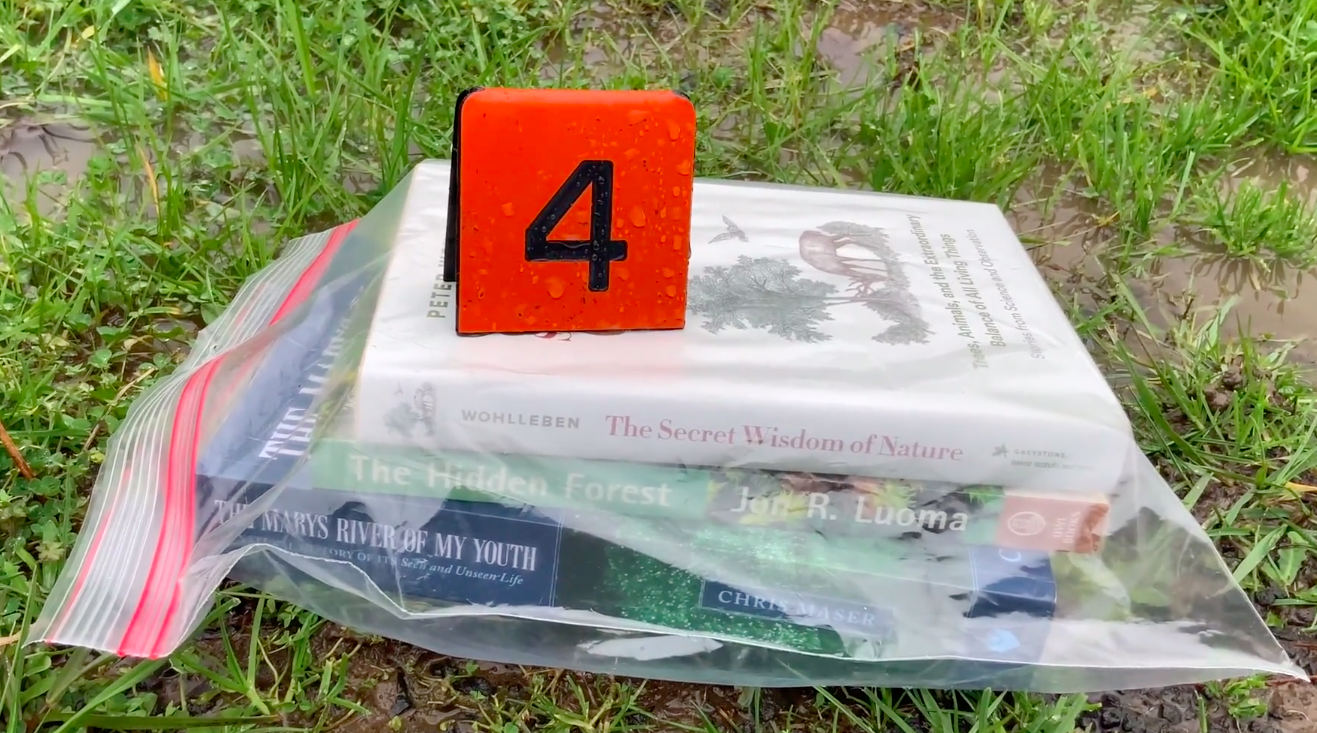
Science Stories Objectives
-
Provide examples of forms and characteristics of science storytelling.
-
Select a form of story that you are most likely to learn from over time.
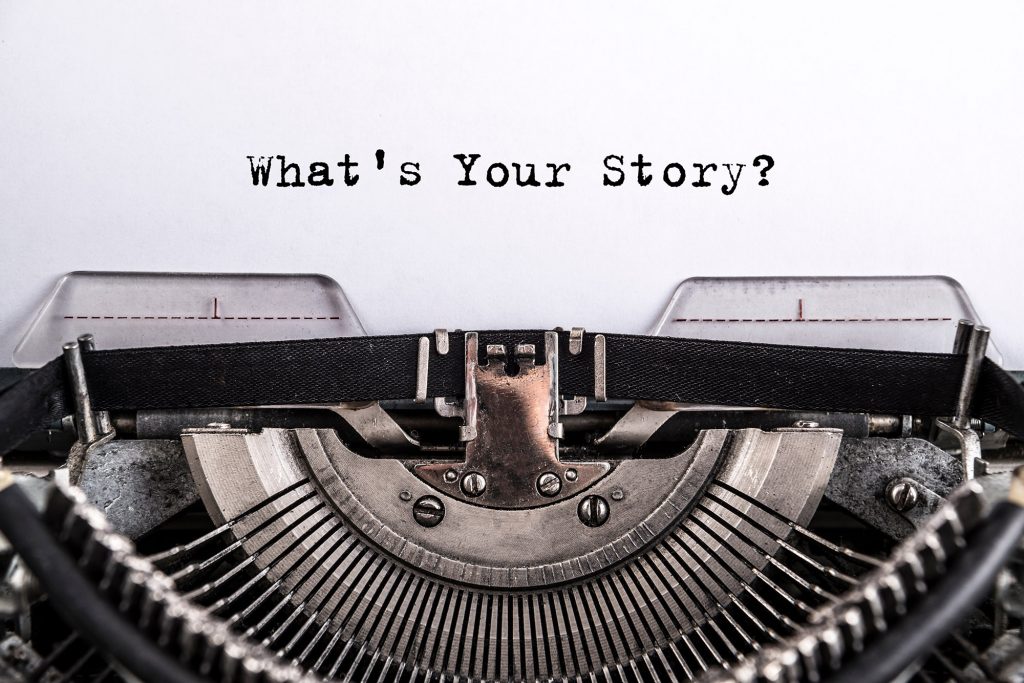
Science stories are used to communicate information in a form that can be understood by people with varied science backgrounds. This form of communication is critical in science research and education. Information needs to be accurate, engaging, and tied to real-world experiences.
You will be creating your own science story for this guide’s media piece.
This video introduces some of the factors to consider while developing a story.
Develop stories that are an engaging science experience.
Select a story form that matches your goals
If you live with or near animals, you have plenty of story possibilities. Our single Triops is an example.
It is six weeks old, one inch end-to-end, and has learned to hover upside down until it is fed. Even though its life span averages eight weeks, it has a broader range of behaviors than we anticipated.
If you look closely, you can see egg sacs. Even though we only have one Triops, this species is hermaphroditic and the eggs can be self-fertilized successfully. The overall red color is hemoglobin protein, the same protein that carries oxygen in our red blood cells.
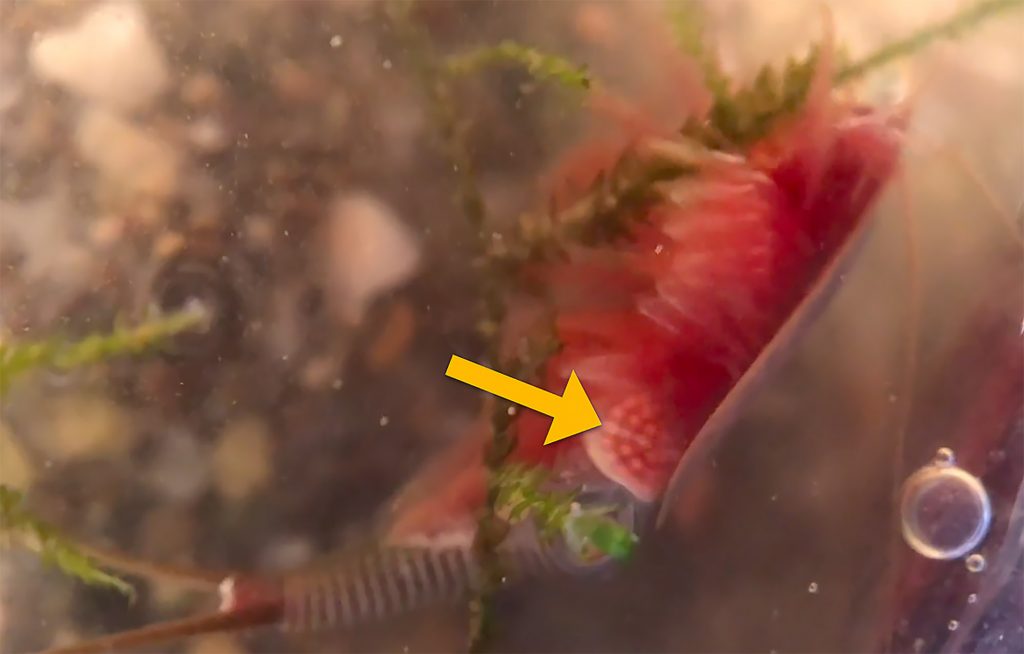
This week you are creating a story about fish as one of the two media pieces. Consider which aspects of story to add to your own work. This may be a good time to look at the assignment.
Portfolio Update
Your Animal Biology Portfolio is due the Wednesday evening of finals week (week #11), at 11:59 p.m. P.S.T. You can review the portfolio videos, if needed.
This is the end of the Fitness Guide. Material from this online guide and corresponding lecture, along with the next Societies Guide, are assessed on the weekly quiz.

Check your knowledge. Can you:
-
provide examples of forms and characteristics of science storytelling?
-
select a form of story that you are most likely to learn from over time?
